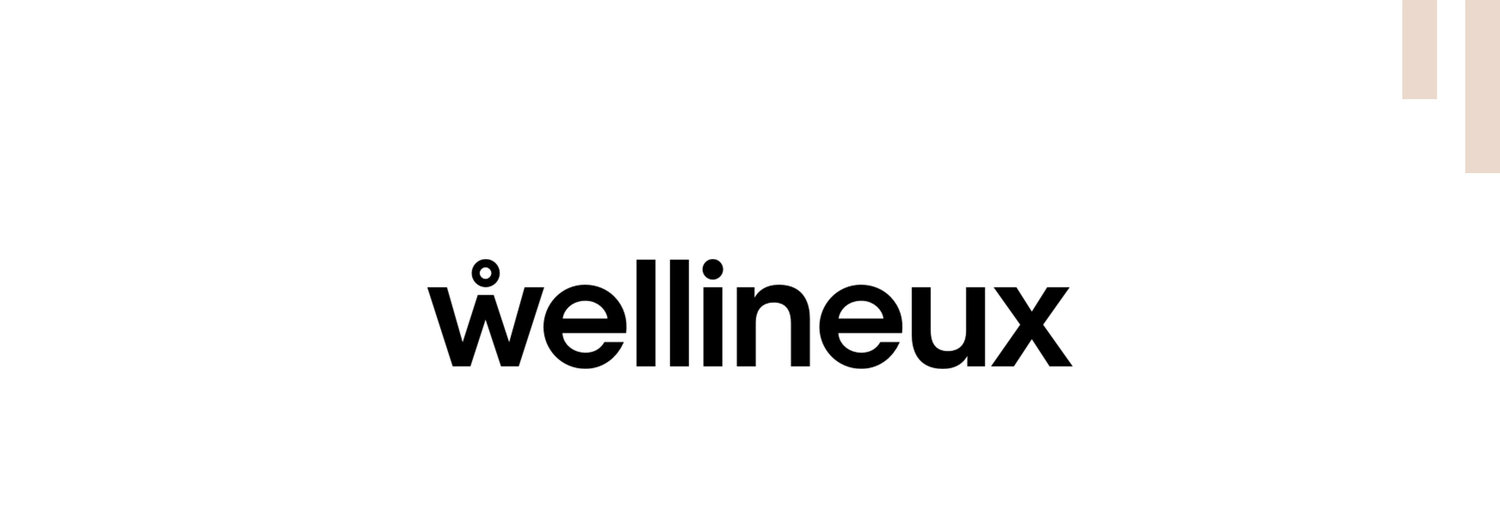Are you ready to step out of the grey zone?
/How much time do you spend in the grey zone? That place where we are neither fully on and focused on the task at hand or fully off, recovering.
Maybe you’re at the beach with your children whilst thinking about that work problem that you’ve just become aware of after checking the messages on your phone. Or maybe you’re relaxing on the couch after a hard day of work watching TV and answering emails.
If you are like most people, you are likely spending a fair bit of time in the grey zone and possibly find yourself there so much of the time that you don’t even recognise it. Or alternatively, if you do recognise it, maybe you can’t possibly see a way out of it.
So what does spending lots of time in the grey zone feel like?
Chronic distraction
When we’re in the grey zone we’re unable to give anything our full focus. There is a limit to the amount of information we can carry in our mind at any one time, our cognitive capacity. When we want to focus on something we need to have free cognitive capacity. If we are trying to hold or process a lot in our head at the one time it loads up our cognitive capacity and we don’t have the capacity left to focus.
70% of people in a recent Gallup survey said that they were chronically distracted having trouble focusing and that this was having an impact on their output. Attempting to multi-task or flit from task to task is an unproductive state and one in which we neither perform our best, or feel our best.
Research shows us that in order to get into flow, our state of optimum performance and wellbeing, we need to be in the here and now focusing on the task at hand. It is neurobiologically impossible to access flow when we’re asking our minds to do mental gymnastics and focus on two or more things at the same time.
Yet research by Mckinsey shows us that our productivity goes up by over 500% when we are in flow, and the University of Sydney found that our creativity soars over 430% in flow, so by hanging out in the grey zone we’re simply not doing ourselves any favours.
Exhaustion and Burnout
Hanging out in the grey zone results in serial energy expenditure without replenishment and drains our battery very quickly. We’re not giving our body and mind the chance to recover so are more likely to end up in the place of burnout. In fact, 67% of people in 2020 said they had experienced burnout at one time or another over the course of the year. Not only do we feel an exhaustion that can’t be quickly fixed, we also start to feel cynical, a decline in empathy and a drop in efficiency amongst others.
So what’s the alternative when we’re busy and desperately trying to keep afloat with all that we have to do at work and at home?
As Loehr and Schwartz define it, we need to oscillate between periods of energy expenditure and periods of recovery like professional athletes. When we are in energy expenditure mode or work mode, we want to be working as effectively as possible, fully engaged with a laser like focus and ideally reaching that ultimate state of flow. Then, after a period of 90-120 minutes we want to take ourselves 100% off, fully unplugged, allowing ourselves to recover deeply enabling us to come back recharged and with higher capacity.
Recovery will look different for each of us but think about things that bore not stimulate the mind. Maybe it is stretching, mindfully eating or drinking, walking or rolling on a foam roller. The real litmus test is that you take you have felt a shift in your state of mind and reset your nervous system by the end of it. And remember, it doesn’t need to take hours, a few focused minutes can make the world of difference.
We are designed to be fully on or fully off with no sign of the exhausting and unproductive grey zone that so many of us hang out in. Not only will we see our productivity rise but our fulfilment and wellbeing will soar. Are you ready to step out of the grey zone?








































